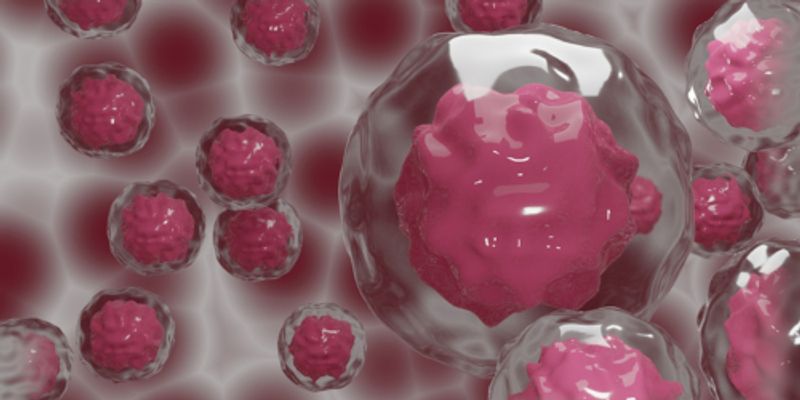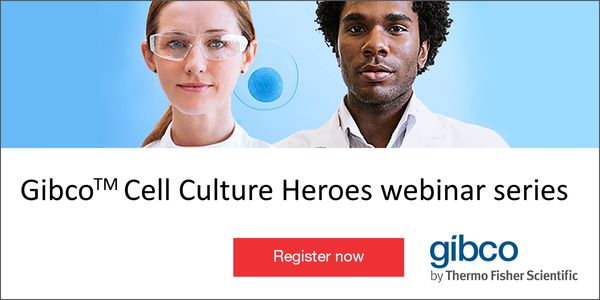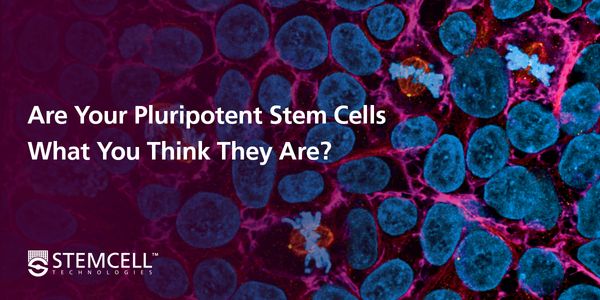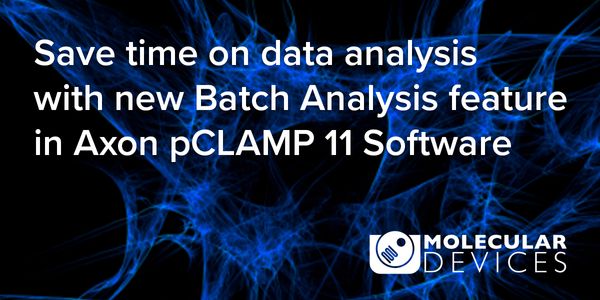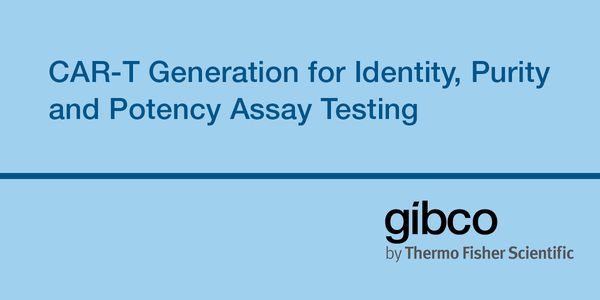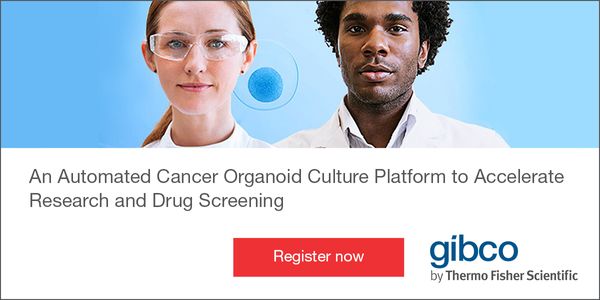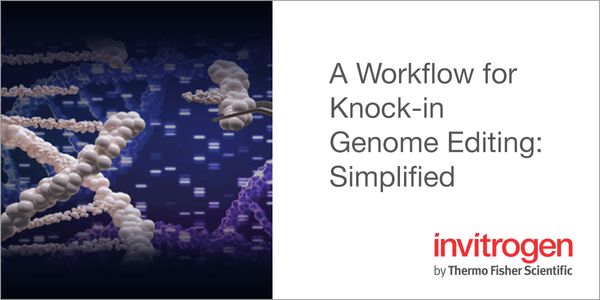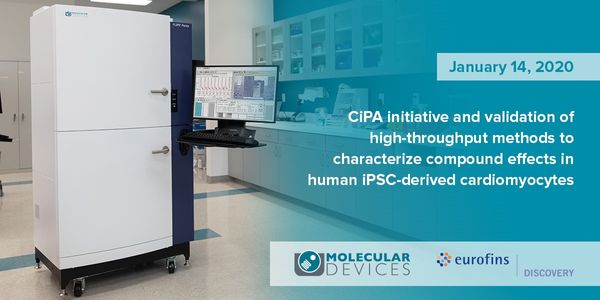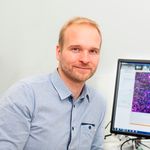Stem cells research
Stem cells are the cells from which other specialized cells throughout the body are generated. Stem cells divide to form daughter cells with specific functions. Stem cells can be obtained from adult tissues of embryos. Research is being conducted to develop treatments for diseases which are caused by or result from tissue or organ damage, such as type 1 diabetes, Parkinson's disease, cancer as well as other conditions like severe burns.
-
APR 14, 2020 | 9:00 AMDATE: April 14, 2020 TIME: 9:00am PDT, 12:00pm EDT Besides being Gibco Cell Culture Heroes, what do Vivek, Sandra, Daisy, Ameet and Kristine all have in common? They are all stuck at home fo...Speaker: Kristine Wadosky, PhD , Ameet Chimote, PhD , Elizabeth Delery, PhD , Daisy Shu, B.Optom, PhD , Vivek Kamat, PhD , Sandra Hammer, PhDSponsored By: Thermo Fisher Scientific/GibcoThere has been an increasing number of successful gene therapy clinical trials, leading to regulatory approvals of numerous gene therapy products, in particular ones based on the adeno-assoc...
APR 07, 2020 | 8:00 AM
DATE: April 7, 2020 TIME: 8:00am PT, 11:00am ET This webinar sets out to establish why quality control is key to robust, reliable, reproducible science. We will look at best practice criteri...
Scientists worldwide are actively working to tame the COVID-19 pandemic by developing therapies for patients with severe disease and a vaccine to stem transmission. Accomplishing these two g...
MAR 24, 2020 | 11:00 AM
DATE: March 24, 2020 TIME: 11:00am PT, 2:00pm ET While in vitro cell culture has long been used to study neurological diseases, researchers have come to the realization that 2-D systems do n...
MAR 24, 2020 | 10:00 AM
DATE: March 24, 2020 TIME: 10:00 am PDT, 1:00pm EDT The Clampfit software module is a useful tool to manipulate and analyze electrophysiological data acquired by pCLAMP™ software. Rece...
Brain function is remarkably reliable despite the imprecise performance of neurons, and the continuous perturbations caused by aging, disease or injury. How does the brain succeed in produci...
Speaker:
Adrienne Fairhall, PhD
, Tim Gardner
, Carlos Lois, MD, PhD
Presented at: Neuroscience Virtual Event Series 2020
Whether you are performing killing assays, characterizing the tumor microenvironment, or investigating immunogenicity, primary cells are essential for the discovery of new therapeutics. Conc...
Speaker:
Josh Mahlios, PhD
Digital spatial profiling (DSP) on the NanoString GeoMx platform enables high plex molecular profiling of clinical tissue samples. This new profiling strategy enables deep insights into the...
Speaker:
Sarah Warren, PhD
Presented at: Drug Discovery & Development Virtual Event Series 2020
Sponsored By: NanoString Technologies
Sponsored By: NanoString Technologies
QIAGEN CLC Genomics Workbench is a powerful solution to analyze and visualize next generation sequencing (NGS) data. Powered by cutting-edge technology and accelerated algorithms, it support...
Speaker:
Leif Schauser, PhD
FEB 26, 2020 | 9:00 AM
DATE: February 26, 2020 TIME: 9:00am PST 3D cell culture and analysis and the study of organoids and spheroids are becoming more prevalent as a research method in publications as traditional...
CRISPR revolutionized gene editing, but multi-target screening remains a complex goal. In addition, the fast pace of CRISPR technology development has brought sophisticated options for libra...
Speaker:
Andrew Ravanelli, PhD
Recent advances in DNA sequencing and omics-based capabilities are revealing incredible therapeutic opportunities and quickly transforming drug discovery. Molecularly targeted drugs aim to e...
